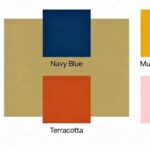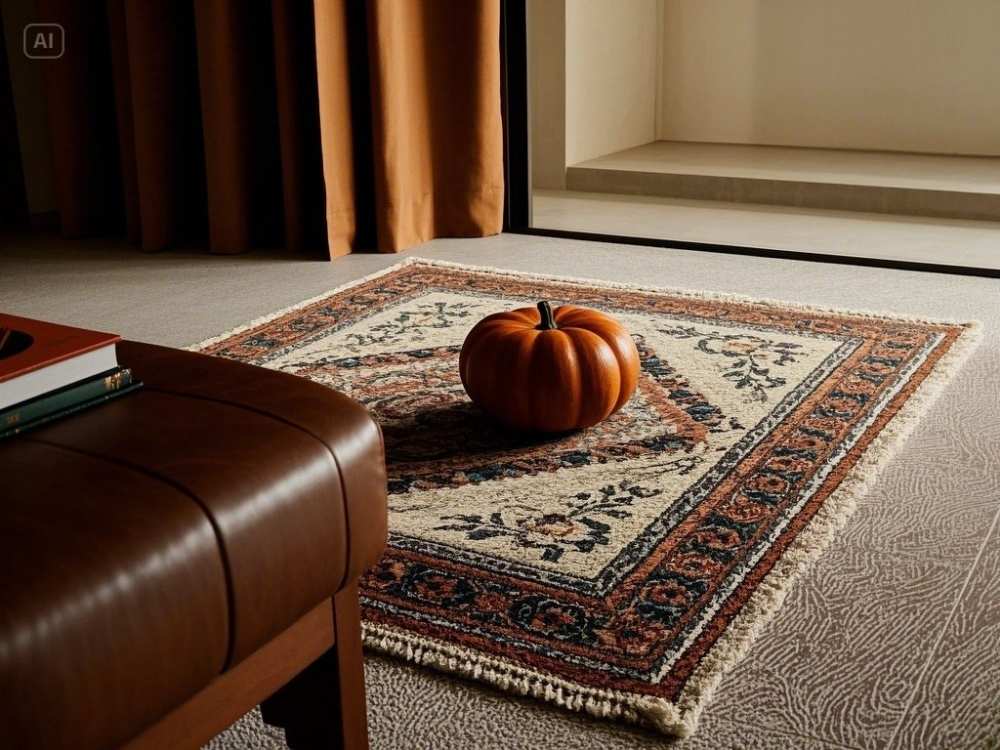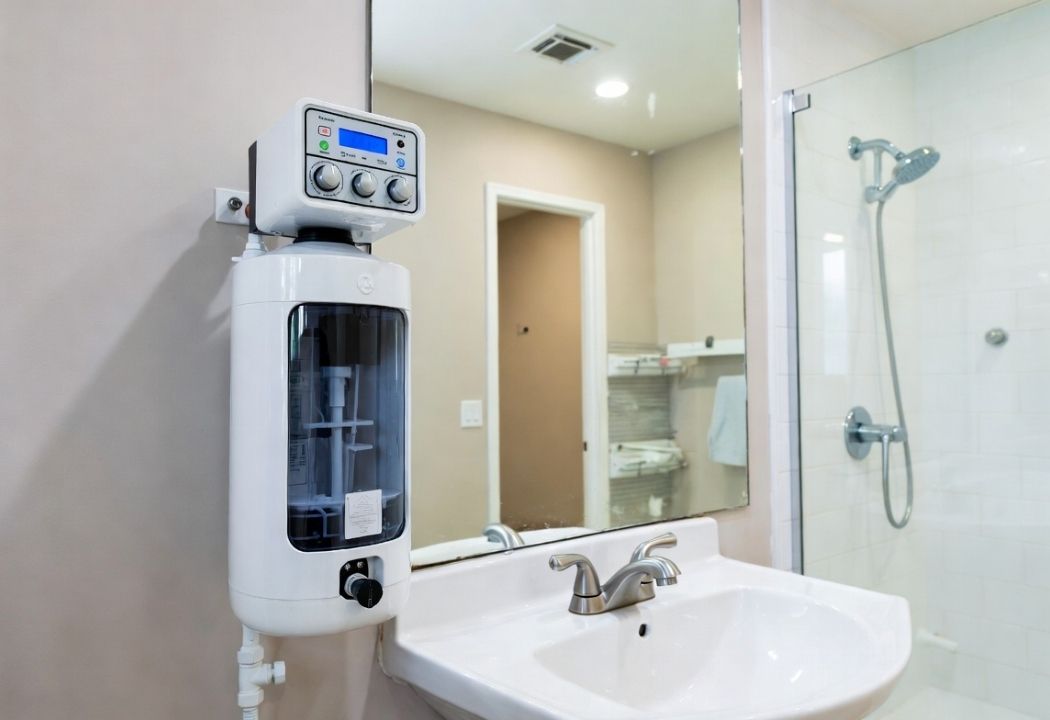Rugs are more than just floor coverings; they’re essential design elements that can transform any space. But when choosing the perfect carpet, the material it’s made of plays a crucial role in determining its texture, durability, and overall feel. If you’ve mulled over the softness of wool versus the sleek sheen of silk or wondered how synthetic blends compare to natural fibres, you’re not alone.
This guide covers everything you need to know about the materials used in rugs, their characteristics, and which one might best suit your home.
Why Does Rug Material Matter?
The material of a rug affects everything from its appearance to its practicality. Here’s why the material is a key factor:
- Durability: Some materials excel in high-traffic areas, while others are better suited for decorative purposes.
- Texture: The feel underfoot varies significantly depending on the material, with options ranging from plush to coarse.
- Maintenance: Different materials require varying levels of cleaning and care.
- Aesthetics: Material influences the appearance, including lustre, colour vibrancy, and pattern clarity.
Understanding these attributes will help you invest in a rug that complements your lifestyle and design preferences.
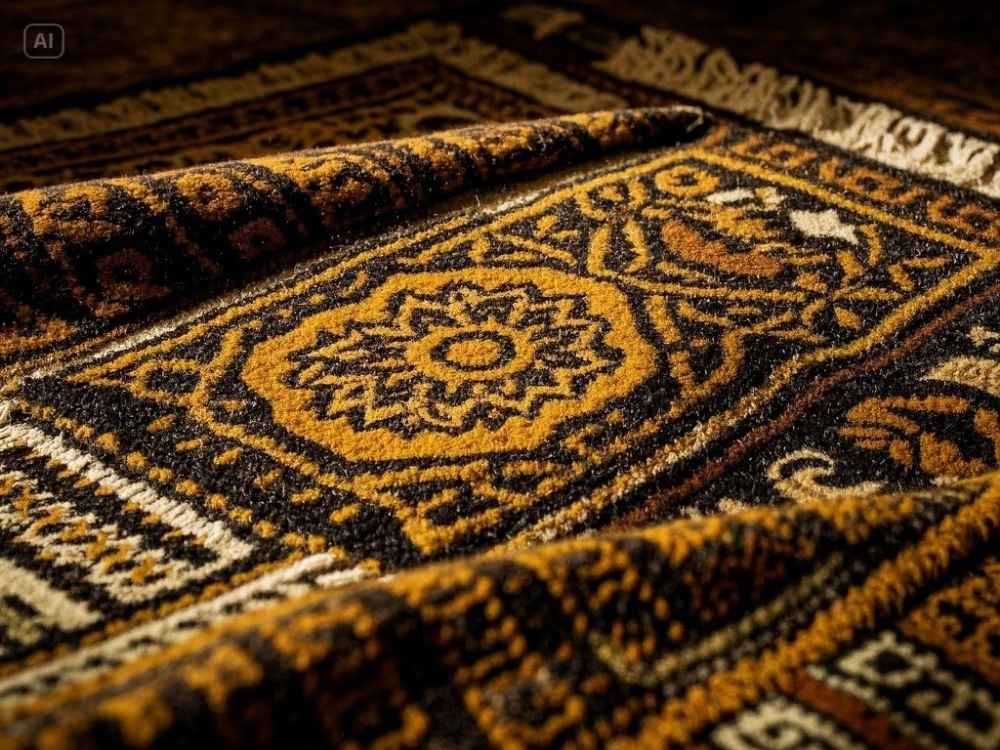
Common Materials Used in Rugs
Wool Rugs
Characteristics
Wool is a popular and traditional rug material, prized for its softness and durability. It’s a natural fibre harvested from sheep and known for its elasticity and resilience, making it ideal for areas with moderate to heavy foot traffic.
Pros
- Warm, soft, and luxurious underfoot.
- Naturally stain-resistant and durable.
- Excellent at insulating noise and retaining heat.
Cons
- It tends to shed when new, though this reduces over time.
- More expensive than synthetic options.
Best For: Living rooms, dining rooms, and bedrooms.
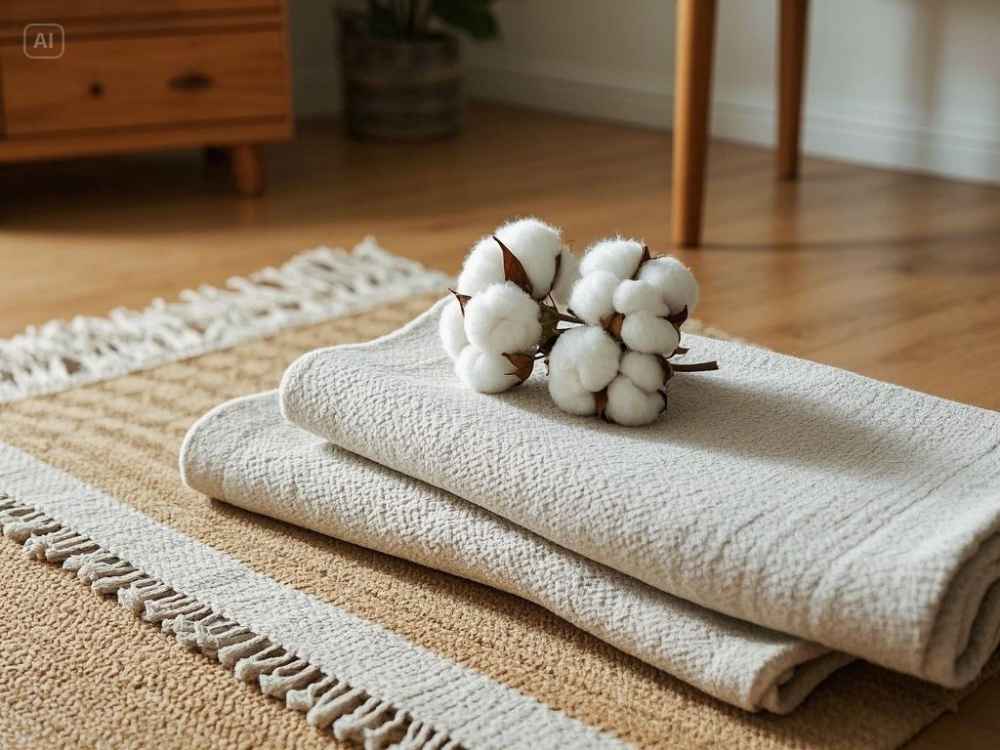
Cotton Rugs
Characteristics
Cotton is another natural fibre that’s lightweight, affordable, and typically used in flatweave rugs. While not as durable as wool, cotton rugs are easy to clean, making them a practical choice for casual spaces.
Pros
- Affordable and easy to clean.
- Lightweight and perfect for layering.
- Provides a natural, casual look.
Cons
- Lacks durability in high-traffic areas.
- It can lose colour vibrancy over time.
Best For: Kitchens, kids’ rooms, or as accent pieces.
Silk Rugs
Characteristics
Silk rugs exude elegance, with a sheen and softness that can elevate any space. They are often blended with wool to combine beauty with a touch of durability. However, pure silk rugs require considerable care and are best placed in low-traffic areas.
Pros
- Luxurious, glossy look that enhances colours and patterns.
- Exceptionally soft.
Cons
- Delicate and prone to staining.
- Expensive and harder to maintain.
Best For: Formal living rooms, display areas, or wall hangings.
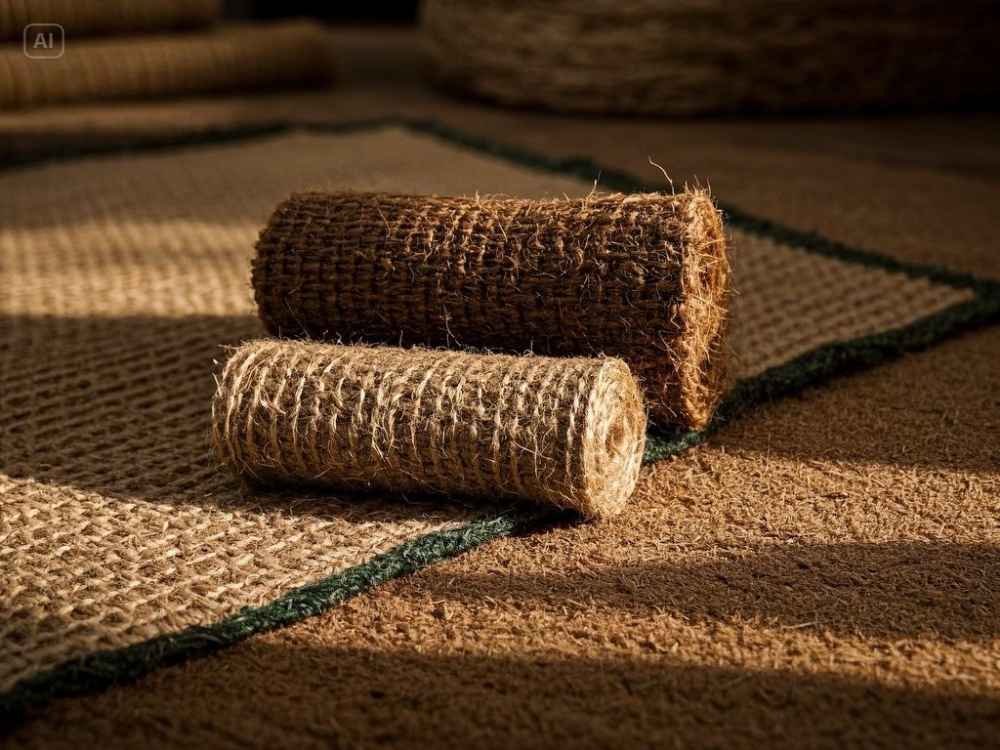
Jute and Sisal Rugs
Characteristics
Jute and sisal are plant-based fibres known for their natural, earthy aesthetic. They are also sustainable, making them an eco-friendly choice. While durable, they are coarser in texture and not as soft underfoot.
Pros
- Eco-friendly and sustainable.
- Adds texture and a natural vibe to your space.
Cons
- A coarse texture may not be ideal for seating or lounging.
- Susceptible to water damage and staining.
Best For: Entryways, sunrooms, or casual living spaces.
Synthetic Fiber Rugs (e.g., Polyester, Nylon, Polypropylene)
Characteristics
Pros
- Budget-friendly and widely available.
- Resistant to stains, water, and fading.
- Easy to clean and maintain.
Cons
- It may lack the luxurious feel of natural fibres.
- Less breathable, which can lead to trapping odours.
Best For: High-traffic areas like hallways, kitchens, and outdoor spaces.
Bamboo Silk Rugs
Characteristics
Bamboo silk is a viscose derived from bamboo cellulose, offering a shiny and smooth appearance similar to silk. These highly decorative rugs may not hold up well in heavy-use areas.
Pros
- Eco-friendly alternative to traditional silk.
- Lustrous finish with vibrant colours.
Cons
- Prone to wear and staining.
- Requires careful maintenance.
Best For: Low-traffic areas and decorative purposes.
How to Choose the Right Rug Material for Your Space
1. Consider the Room’s Function
Choose durable materials such as wool or synthetic fibres for high-traffic areas like hallways and entryways. Softer, more luxurious options like silk or cotton are better suited for bedrooms and living rooms.
2. Think About Allergies
If anyone in your household has allergies, avoid materials that trap dust and allergens. Wool, for example, is naturally hypoallergenic and resistant to dust mites.
3. Assess Maintenance Needs
If you prefer a low-maintenance option, synthetic materials are your best bet. Wool rugs, while durable, require occasional professional cleaning.
4. Match with Your Aesthetic
Complement the room’s decor with a material that aligns with your design goals. Wool or cotton are excellent choices for a cosy, warm vibe. For modern or industrial styles, opt for sisal or synthetic blends.
5. Set a Budget
Natural fibres like wool or silk are more expensive, while synthetic rugs offer a cost-effective alternative. Choose a material that balances your aesthetic goals with your budget constraints.
Rug Material FAQs
Q1: Are natural fibre rugs worth the investment?
Yes! Natural fibres like wool and silk offer unmatched durability, comfort, and aesthetic appeal. They can last for decades if properly maintained, making them a worthwhile investment.
Q2: Can synthetic rugs mimic the look of natural fibres?
Advancements in manufacturing mean many synthetic rugs now closely replicate the appearance of wool or silk at a fraction of the cost. While they may not feel as luxurious, they are a practical, budget-friendly option.
Q3: What’s the most durable rug material?
For high-traffic areas, wool, nylon, and polypropylene are excellent options due to their resilience and ability to withstand wear and tear.
Elevate Your Home with the Perfect Rug
Explore the perfect rug material to amplify your home’s design, comfort, and functionality. Happy shopping!





